In this blog we’re looking at the recent changes to NSW first home buyers support and incentives. It’s been a busy 6 months in the state – so let’s get clear on the current situation.
As it stands, eligible first home buyers in NSW can get significant assistance to buy their home through Government programs that can either reduce or remove stamp duty (known as the First Home Buyers Assistance Scheme – FHBAS). The NSW Government also offers a cash payment in the form of the First Home Owner Grant (FHOG) for new homes, substantially renovated homes, as well as house and land packages.
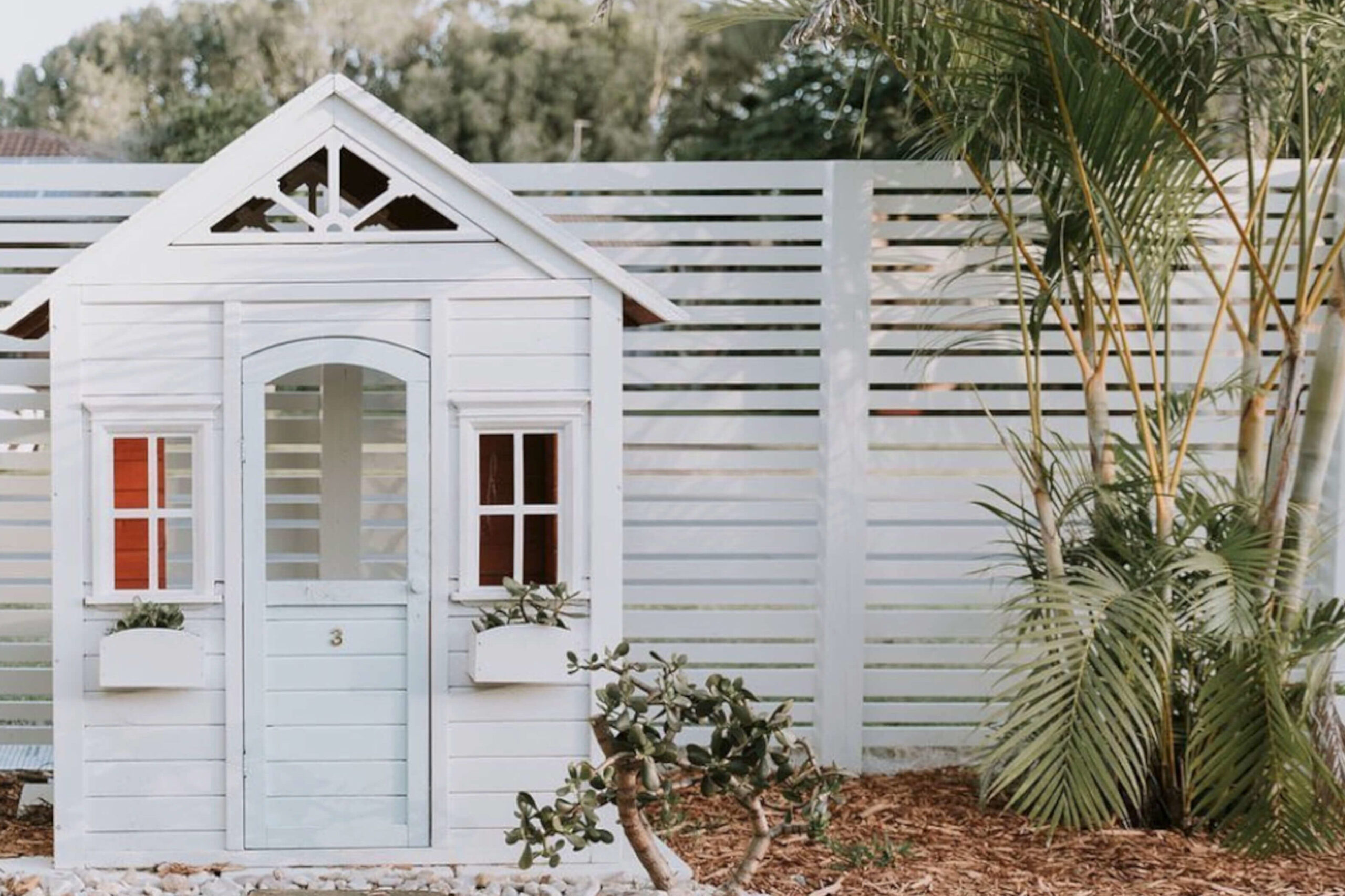
You might have also heard about the First Home Buyer Choice (FHBC) program, introduced in mid-January 2023? This program allowed eligible first home buyers to choose to pay an annual property tax instead of a hefty upfront stamp duty fee. Haven’t heard about it? Well, don’t worry, because as of 1 July 2023, the program has ceased (#blinkandyoullmissit). Below is an overview of what’s changed as of 1 July 2023. We’ll take a closer look at the detail of these changes and discuss why the FHBC program was publicly applauded, but was ultimately axed.
| Program | Assistance for first home buyers | FY2023 | FY2024 |
| First Home Buyer Choice (FHBC) | Choice between paying stamp duty or an annual property tax | Available | Not available |
| First Home Owner Grant (FHOG) | $10,000 grant when buying or building your first home (must be new or substantially renovated) | Available | Available |
| First Home Buyers Assistance Scheme (FHBAS) | Stamp duty exemption or reduction depending on purchase price | Available | Available – with increased price thresholds |
But first, let’s take it back to basics.
What is stamp duty?
It’s a tax.
Specifically, stamp duty (sometimes called ‘transfer duty’) is a tax that state governments charge for certain documents, transactions, and transfers. For a long time now, first home buyers have been incentivised through reductions in the amount of stamp duty payable (concessions) or by having no stamp duty payable at all (exemptions). For people buying their second or subsequent properties, the full amount of stamp duty is payable when purchasing property.
You’ll need to pay stamp duty when you buy a property either to live in or for investment purposes; when you buy vacant land or a farming property; when you buy a commercial or industrial property; or when you buy a business that includes a land component. Basically, whenever you buy land.
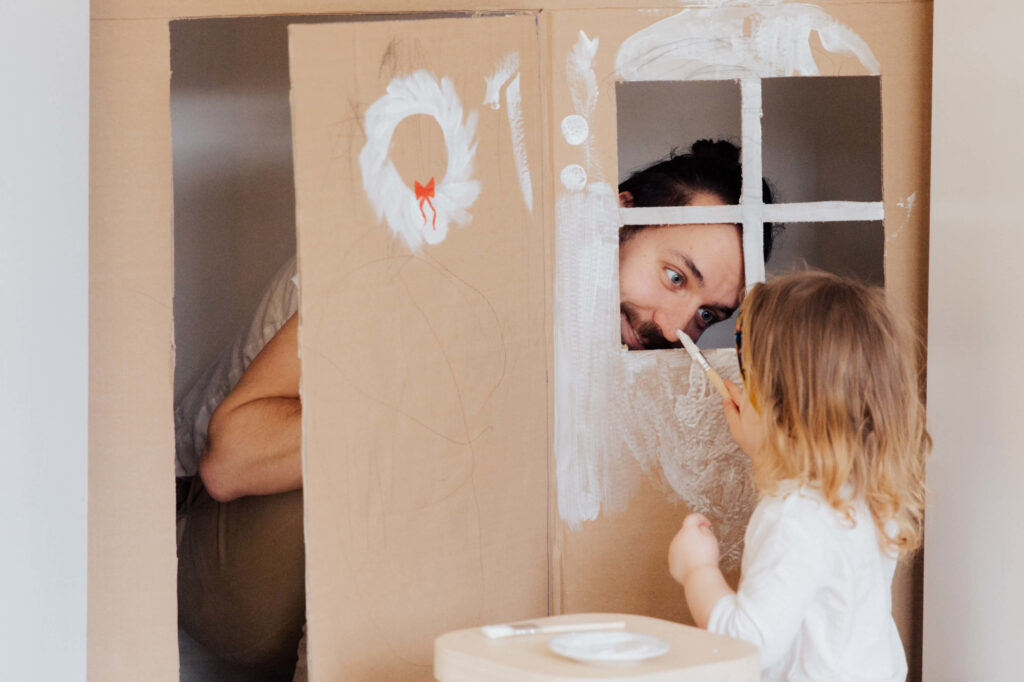
How much does stamp duty cost?
The amount of stamp duty you’ll need to pay will depend on how much the property is worth. Not only is it a percentage of the property price, but it’s a sliding scale – the higher your property price, the higher the stamp duty percentage – just like how your income tax is calculated.
In NSW stamp duty calculations are updated annually at the start of the new financial year, July 1st. Each year the threshold amounts for standard stamp duty rates are adjusted in line with movements in the Sydney Consumer Price Index. This has seen the amount of stamp duty payable on a given purchase price drop in the past few years. For example, stamp duty payable on a property worth $1,000,000 fell from $40,207 in July 2021 to $39,735 in July 2023; and on a $500,000 property it fell from $17,707 in July 2021 to $17,235 in July 2023. Below are the updated, standard stamp duty calculations from 1 July 2023.
| Property value | Stamp duty rate |
| $0 to $16,000 | $1.25 for every $100 (minimum $10) |
| $16,000 to $35,000 | $200 plus $1.50 for every $100 over $16,000 |
| $35,000 to $93,000 | $485 plus $1.75 for every $100 over $35,000 |
| $93,000 to $351,000 | $1,500 plus $3.50 for every $100 over $93,000 |
| $351,000 to $1,168,000 | $10,530 plus $4.50 for every $100 over $351,000 |
| Over $1,168,000 | $47,295 plus $5.50 for every $100 over $1,168,000 |
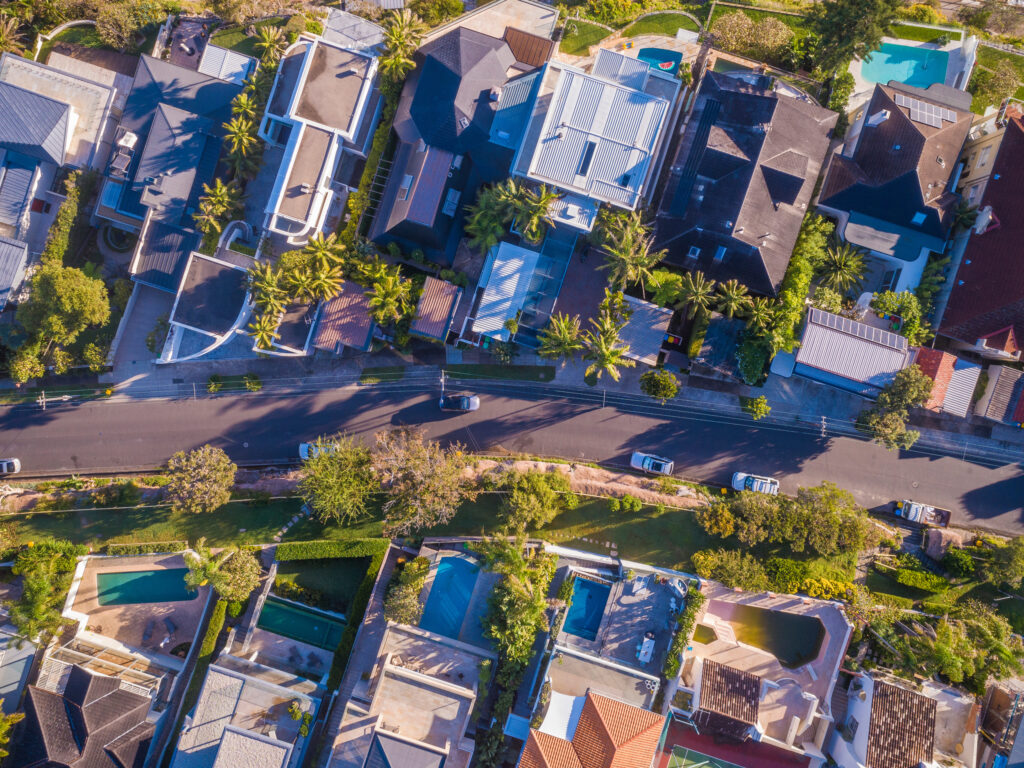
What is the NSW First Home Buyers Assistance Scheme after 1 July 2023?
The table below shows the FHBAS thresholds based on the date that contracts are exchanged.
| Property type | Threshold before 1 July 2023 | Threshold from 1 July 2023 | Exemption |
| New and existing homes | Up to $650,000 | Up to $800,000 | No stamp duty payable |
| Between $650,000 & $800,000 | Between $800,000 & $1,000,000 | Reduced stamp duty payable | |
| Vacant land | Up to $350,000 | Up to $350,000 | No stamp duty payable |
| Between $350,000 & $450,000 | Between $350,000 & $450,000 | Reduced stamp duty payable |
You can see that with these increased thresholds, first home buyers are going to pay less in stamp duty when compared to before 1 July 2023. But the question is, how much could you save in stamp duty, now that the thresholds have been increased? The table below shows the savings available, courtesy of the updated thresholds.
| Purchase price | FHB stamp duty before 1 July 2023 | FHB stamp duty after 1 July 2023 | Savings |
| $700,000 | $10,363 | $0 | $10,363 |
| $750,000 | $20,727 | $0 | $20,727 |
| $800,000 | $31,090 | $0 | $31,090 |
| $850,000 | $33,340 | $9,934 | $23,406 |
| $900,000 | $35,590 | $19,868 | $15,722 |
| $950,000 | $37,840 | $29,801 | $8,039 |
| $990,000 | $39,640 | $37,748 | $1,892 |
The other change of note for the FHBAS from 1 July 2023 is that there has been an increase to the ‘residence requirement’. Previously, owners had to live in the home for at least 6 continuous months (beginning within the first 12 months of ownership) to remain eligible for the grant, whereas you now have to live in the home for at least 12 continuous months. If you move out early, you could be required to pay back the grant.
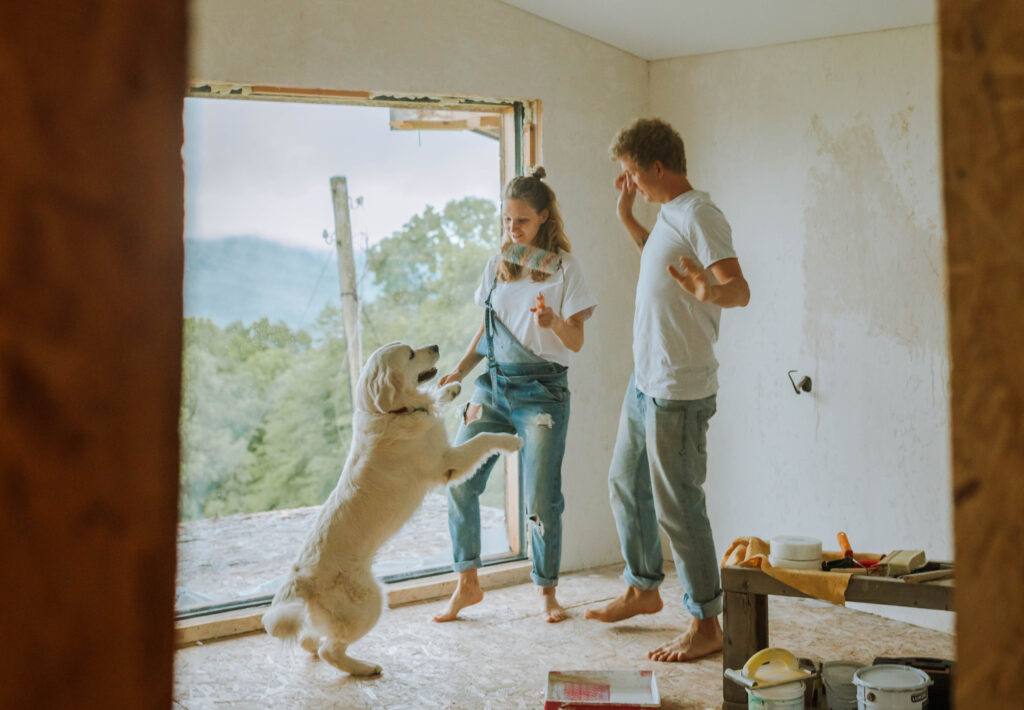
What is the NSW First Home Owner Grant (New Home)?
On top of the stamp duty savings available to first home buyers in NSW, a $10,000 grant is also available when you buy or build your first new home – and YES you can qualify for both, provided you meet the eligibility criteria. The key property requirements for this grant are:
- new homes up to $600,000
- substantially renovated homes up to $600,000
- house and land packages up to $750,000.
Your first new home can be a house, townhouse, apartment, unit or similar that is newly built, purchased off the plan or substantially renovated.
While the financial support remains the same as prior to 1 July 2023, there has been an increase to the ‘residence requirement’ for this grant. Previously, owners had to live in the home for at least 6 continuous months to remain eligible for the grant, whereas now this has increased to at least 12 continuous months. For more information, visit Revenue NSW.
What was the First Home Buyer Choice program? And what happened to it?
The NSW First Home Buyer Choice (FHBC) program allowed first home buyers the choice to either pay the existing upfront stamp duty or an annual property tax when they were purchasing:
- new homes up to $1,500,000
- existing homes up to $1,500,000
- vacant land up to $800,000.
At the time it was available, the maximum upfront savings in stamp duty (at a purchase price of $1,500,000) was $66,700. And as a very rough guide, the property tax at the same purchase price could have been something around $3,500 per year. So hypothetically, if you lived in your first home for less than 18 years (which is quite common for first home buyers) you would have been financially better off to pay the annual property tax rather than the upfront stamp duty.
However, as part of their 2023 election-winning campaign, the NSW Labor party set out to abolish the First Home Buyer Choice program, and have now done so. Their preference was to instead increase the stamp duty relief available for first home buyers.
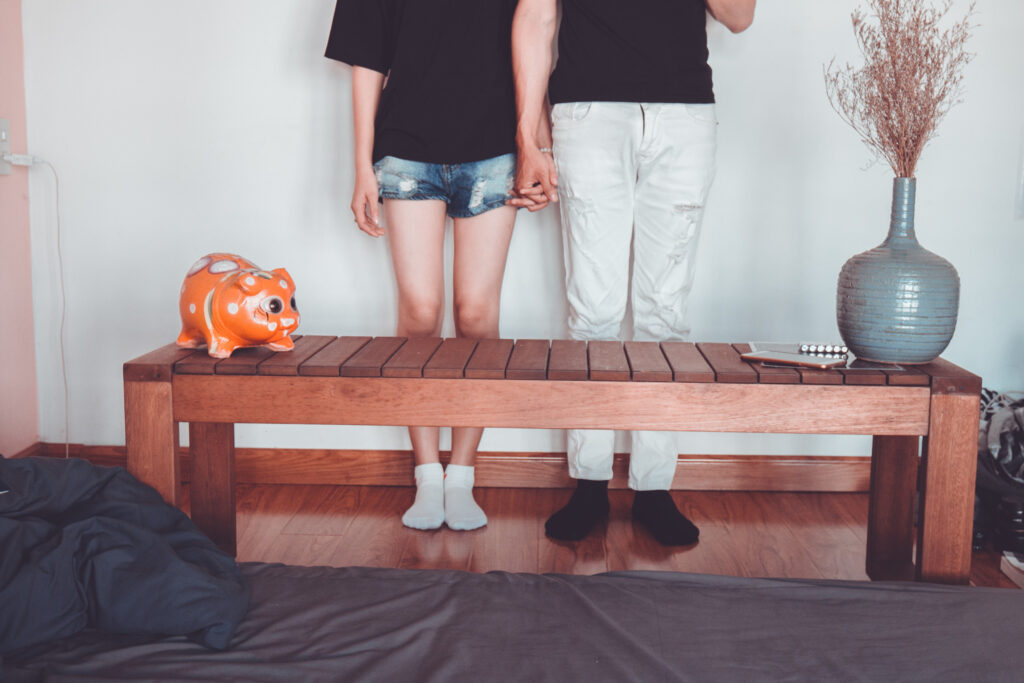
What’s better, upfront stamp duty or an annual property tax?
There are certainly arguments on both sides of this topic. The First Home Buyer Choice program was in effect for less than 6 months; it was publicly appreciated and professionally applauded, but politically controversial – but why was it ultimately axed? And what was the better option for home owners?
Publicly appreciated
The overwhelming majority of first home buyers who purchased property for more than $800,000 whilst the FHBC was active opted to pay an annual property tax instead of the lump sum stamp duty. At the top end, buyers could have saved an upfront cost of $66,700 (excluding property tax payable in the first year). This saving would have increased buyers’ available deposit for their purchase and potentially opened up far more purchasing opportunities either through increased purchase price budget, lower loan-to-value ratio, and increased capacity to pay their mortgage.
Professionally applauded
Industry professionals and property experts alike had openly praised the FHBC program citing that stamp duty was an outdated tax that needed to be re-examined. It’s well recognised that stamp duty is a considerable burden for current home owners looking to upgrade or downsize their homes, and so they stay in their houses longer, which limits supply for new buyers. Senior tax policy manager at the national accounting body CPA Australia, Elinor Kasapidis, claims that ‘the NSW Government is taking a step backwards by stopping first home buyers from opting out of stamp duty’. CPA says stamp duty is an ‘inefficient’ tax and there is ‘widespread agreement among tax experts and professionals’ that the lump sum should be replaced with a smaller, annual fee for all home buyers.
Politically controversial
The FHBC program was always politically controversial, after all, it was a significant change to the way that people buy houses. The most controversial part was that it was introduced mid-term rather than taken to a state election. The nay-sayers argued that a change of this nature should have had the support of the voting public before being introduced, however the Government of the day considered it a ‘game-changing’ initiative for first home buyers and subsequently passed it as law prior to an election.
Prematurely axed
Real Estate Buyers Agents Association (REBAA) president Cate Bakos has said the scheme was cut prematurely. Her belief is that removing stamp duty, à la the NSW First Home Buyers Choice, could increase housing supply and promote a ‘more fluid market’. But NSW Premier Chris Minns is of the belief that the increased thresholds of the FHBAS for stamp duty exemption and concessions ‘is a fairer and simpler system to ensure more first home buyers have a chance of owning their first property’.
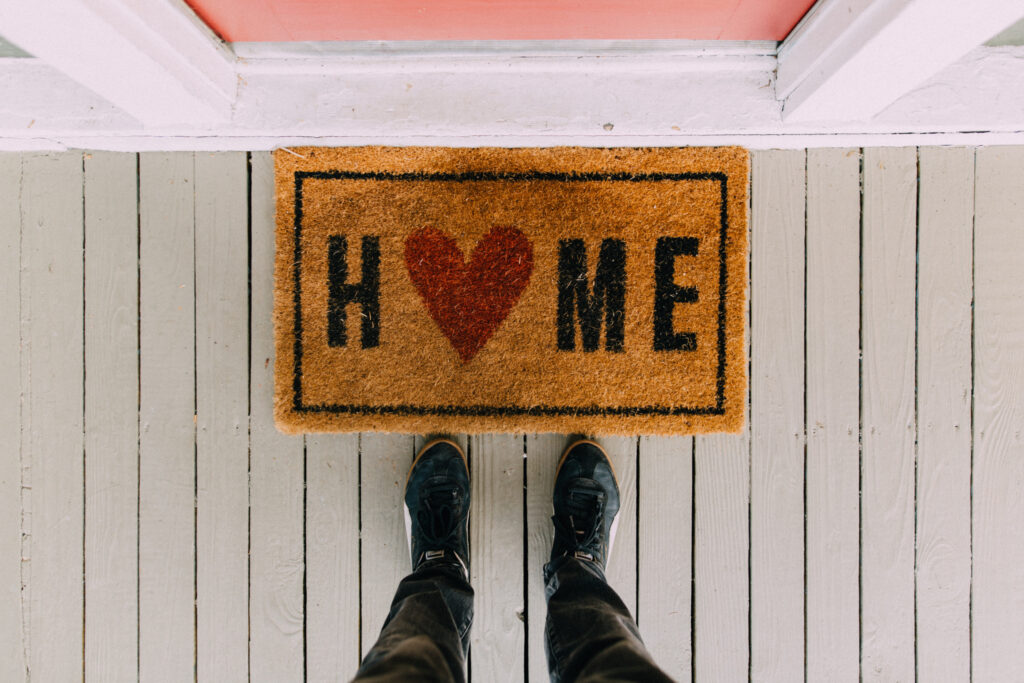
Final thoughts
For me, I feel it’s a real shame that the First Home Buyer Choice program has been closed. We all know that saving for a deposit is probably the hardest part of getting into the property market, and if you’re looking to purchase at a high price the costs of stamp duty will either eat into the deposit you’ve saved, or you’re going to need to borrow more money to cover it.
The annual property tax allowed first home buyers to put their hard-earned deposit to work for them in actually paying down the purchase price of their home from the outset. Paying an annual property tax certainly has the propensity to make you wince once a year when you have to pay it, but even if it were two to three thousand dollars per year, you would still likely be ahead financially unless you lived in your first home for over 15 to 20 years.
However, I don’t make the rules – I just play by them.
The current range of assistance schemes aimed at helping first home buyers into the property market is still very generous and sure to assist many into their first home. How many? According to the NSW Treasurer Daniel Mookhey, ‘five out of every six first home buyers will pay no stamp duty or a concessional rate under the new system’ – which I think is still a great outcome.
I’m curious, what would you choose to pay? An upfront lump sum? Or a much smaller fee every year? Let me know in the comments below!